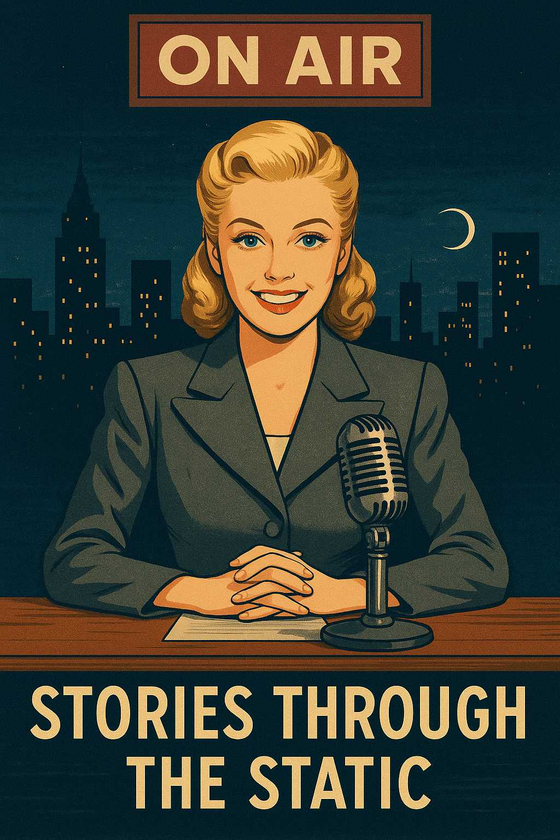It’s natural to have low spirits (the blues) and to feel fear when we sense that our security or way of life may be threatened. Fear is Nature’s way of urging us to take action and, fortunately, Nature has evolved a clever system that engages automatically within us to help save us from threats.
There’s just one little stumbling block: the system was designed only for acute fear; Nature, it seems, didn’t anticipate chronic fear. The corona virus situation is not the stereotypical saber-tooth tiger from which we can quickly run and hide. We can’t run or hide from a virus, or protect ourselves from the associated socio-economic repercussions. And while watching or reading the news keeps us informed of the worldwide crisis, it is also likely to keep us in fear of the invisible viral threat, day after day, week after week.
Such chronic fear is potentially harmful because it weakens our immune system (aside from many other negative bodily effects), rendering us less able to vanquish viruses or other pathogens.
But fortunately, an antidote exists that uses another of Nature’s clever systems, one that banishes low spirits and fear and boosts our immune system. It’s drug free, has no known side effects, and can’t be overdosed.
By way of introducing this magical antidote, it’s important to know that the natural human state of fear causes the release of cortisol from the adrenal glands. Cortisol is sometimes called the “stress hormone” because it helps prepare our body for dealing with stressful situations, such as providing extra glucose by tapping into protein stores via gluconeogenesis in the liver.
Unfortunately, though, cortisol also suppresses our immune system and other bodily systems considered by Nature to be “non-essential” in the short term. By short term I mean that when running from the proverbial saber-tooth tiger there probably isn’t much chance of being invaded by a harmful microscopic organism.
Yet, our immune system is literally our only defense against viruses and other pathogens, so its suppression due to feelings of fear should not be ignored, especially if we have an underlying health condition.
The simple antidote for low spirits and fear, which Nature provided for us, is music. Not just any music, but music that calms us and brings us joy.
Nature’s “music” for our ancient ancestors was provided in a variety of ways, such as psithurism (the sound of the wind in the trees and rustling leaves), the sound of birdsong and bees, tinkling streams and rhythmic waves breaking on the shore, and the sound of our own humming or singing. Music plays a large part in the human experience, and its basic components–
sound and rhythm–have always been present on earth,
a fact that was poetically encapsulated by Allan C. Inman:
“I am music, most ancient of the arts. I am more than ancient; I am eternal… Even before life began upon this Earth, I was here–in the winds and waves… [and] when humanity came, I at once became the most delicate, subtle, and powerful medium for the expression of emotions.”
Around 40,000 years ago humanity’s innate intelligence provided the ability to fashion the earliest known musical instruments: flutes made from bird bones and mammoth ivory were found in 2008 in a Stone Age cave in southern Germany.
But returning to the main theme, how to banish corona virus blues (or any injury or illness that has you down.), there are many ways to help calm our nerves such as exercise, deep breathing, meditation, gardening, all forms of creativity, and dancing. Yet, one of the most powerful antidotes to stress and fear is listening to our favorite music, or if we are a musician or vocalist, making it ourselves.
And nowhere was this message carried better than from the streets of Italy. Quoting from the UK’s Classic FM web site, posted on March 16: “You can’t quarantine music…Italy plays and sings from balconies in locked-down cities. Since the country was completely quarantined last week following the coronavirus outbreak…musicians, singers and music lovers share beautiful performances from their balconies”.
Our favourite music has the ability to lift our spirits and can even evoke happy memories of times, places, or events in our lives that can instantly transform our mood, calm us and move our mind (and therefore our body) into a sense of joy. In that joyful state, our brain and Enteric Nervous System in our digestive tract (sometimes called “the second brain”) produces dopamine, which boosts our immune system. At the same time, our favorite music can naturally cause a reduction in cortisol levels. Joy also triggers the pituitary gland in the brain to release endorphins into our bloodstream, hormones that provide a sense of euphoria while suppressing pain. Listening to our favorite music throughout the day, even while engaging in mundane activities such as cleaning house, is one of the best ways to reduce our stress levels and give our immune system a boost.
This simple formula summarises the Music Medicine effect:
Music + Joy = Immune System Boost
Stated simply, viruses and other pathogens can be more efficiently eradicated from our body when we move out of fear and into joy.
But there is more good news because the recent research project in which I collaborated with Professor Sungchul Ji, of Rutgers University, along with GreenMedInfo.com and the RoadMusic company, found that “old” red blood cells, (which are beginning to lose their outer membrane integrity), receive a lifespan extension when they are immersed in music for at least 20 minutes.
Interestingly, we found that the best results were obtained with music that contained prominent bass frequencies, which includes most popular music and some classical pieces that feature piano, cello, harp and other instruments with a low register.
While more research is needed to identify the biological mechanism that underpins this effect, the preliminary hypothesis is that the rich low frequencies in music, whether popular or classical, produce pressure pulses that increase the oxygen available to hemoglobin molecules in red blood cells, effectively mimicking the pressure pulses of heartbeats. This mechanical pressure, whether created by a heartbeat or by externally generated pressure pulses from music, causes the hemoglobin molecules to uptake the oxygen dissolved in our blood.
Drumming music, too, produced excellent results, presumably for the same reason, helping to increase blood oxygen. When more oxygen is available to old red blood cells, the mechanism may involve regeneration of the proteins in their outer membranes, giving them a new lease of life. Red blood cells carry oxygen to all systems of the body and are essential to the immune system, so this important connection between music and blood health could prove to be an effective “medicine” of the future.
Another important connection between music and the immune system was reported in a 2019 study by Augusta University, USA. The researchers found that when mice were subjected to low frequency sound vibrations, macrophages in their bloodstream proliferated significantly. Macrophages are the largest type of T-cell that engulf viruses and other types of pathogen. Although this effect has not yet been proven advantageous for humans, it seems likely that our blood will respond in a similar way, particularly since our blood experiments demonstrated the positive effect of low frequencies on red blood cells in human blood.
In summary, there are many ways to calm our nerves and become joyful, but perhaps none carry the universal appeal of listening to music. Our favorite music has the almost magical ability to calm frazzled nerves, transport us in our imagination to special places and times, and banish the blues, while boosting our immune system, helping to vanquish viruses and other pathogens. In the words of Plato, “Music gives a soul to the universe, wings to the mind, flight to the imagination, and life to everything.”


















